Introducing our 2023 Style & Design selections, an annual tradition where Men’s Journal editors and contributors cherry pick the latest gear that will improve your life in the year ahead—and look good doing it.
We’ve gathered an eclectic list that ranges from build-it-yourself supercars and electric jet skis to eco-conscious jackets and bio-circular boots, plus four interviews with the makers behind the gear, so dig in and find some new toys to call your own.
Contributors: Graham Averill, Adam Bible, Berne Broudy, Kate Erwin, Steve Russell, Jeremy K. Spencer, Ryan Stuart, Sal Vaglica
Meet the Makers

David Smith, president and CEO of Factory Five Racing
For car guys, the sound of a throaty or screaming exhaust note hitting your ears on the street is sure to make you crane your neck, searching out the vehicle attached to that musical cacophony. If it’s a rare muscle car or new Italian exotic, that sound comes with a price tag of at least $100K.
But Factory Five Racing, which has grown over the past 27 years to be king of “kit cars,” can get you started building a legit supercar or badass hot rod for under $25,000—provided you don’t mind getting your hands a little dirty.
David Smith, co-founder of Factory Five, learned computer-aided design (CAD) while working for a medical school. He leveraged his knowledge of CAD to found a company making Shelby 427 Cobra replicas with his similarly muscle-car-obsessed brother. “We brought a professional business plan and some good computer technology to the game,” says Smith, “and revolutionized the at-home, build-your-own-car business.”
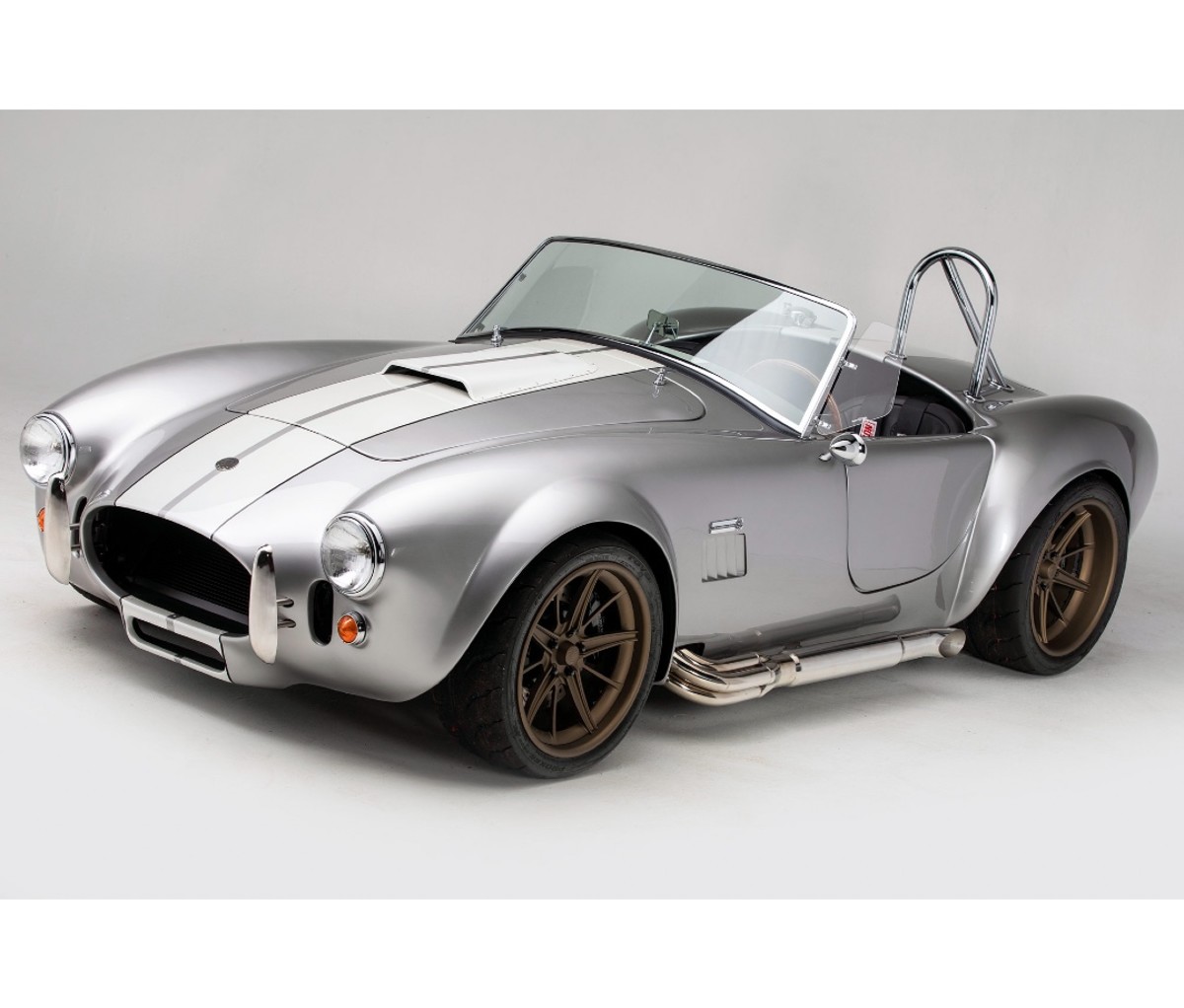
After success with a near-exact 1967 Cobra copy (with modern frame and components), they now offer “built, not bought” kits ranging from a 1965 Shelby Daytona replica and a 1932 Ford hot rod mimic to an original-design supercar and nimble street racer.
Kits can be purchased with the base build to get the most bang for the buck. Just provide the basics—driveline, suspension, brakes, fuel tank—from donor cars. Or you can hit every option and let them send you everything you need, minus the running gear.
“The kits that we’re selling are mostly complete—no cutting, no welding, no fabrication,” says Smith. “What we’re doing for our customers is basically the hard stuff. All the parts that it took us 25 years to do right.”
[From $10,990; factoryfive.com]
Get it
Noah Swartz, founder and CEO of Erem
After Noah Swartz, a fourth-generation shoemaker—his great-grandfather founded Timberland—got blisters hiking in Southwest Utah when the temperature swung from frosty to sweltering in a matter of hours, he realized there wasn’t a hiking boot made specifically for the rigors of desert travel.
Swartz, a self-described radical environmentalist, founded Erem to make that boot and to model a manufacturing business to the highest social and environmental standards.
Desert-focused Erem makes bio-circular desert hiking boots—all the materials can be returned to nature in a reasonable time frame, from linen thread to full-grain leather. “We don’t claim our boots are 100 percent biodegradable,” says Swartz. “Brass lace guides won’t break down, but they won’t pollute your water. Our boots can be disassembled and streamed into their respective next lives, and they will break down mostly in nature if not reused.”
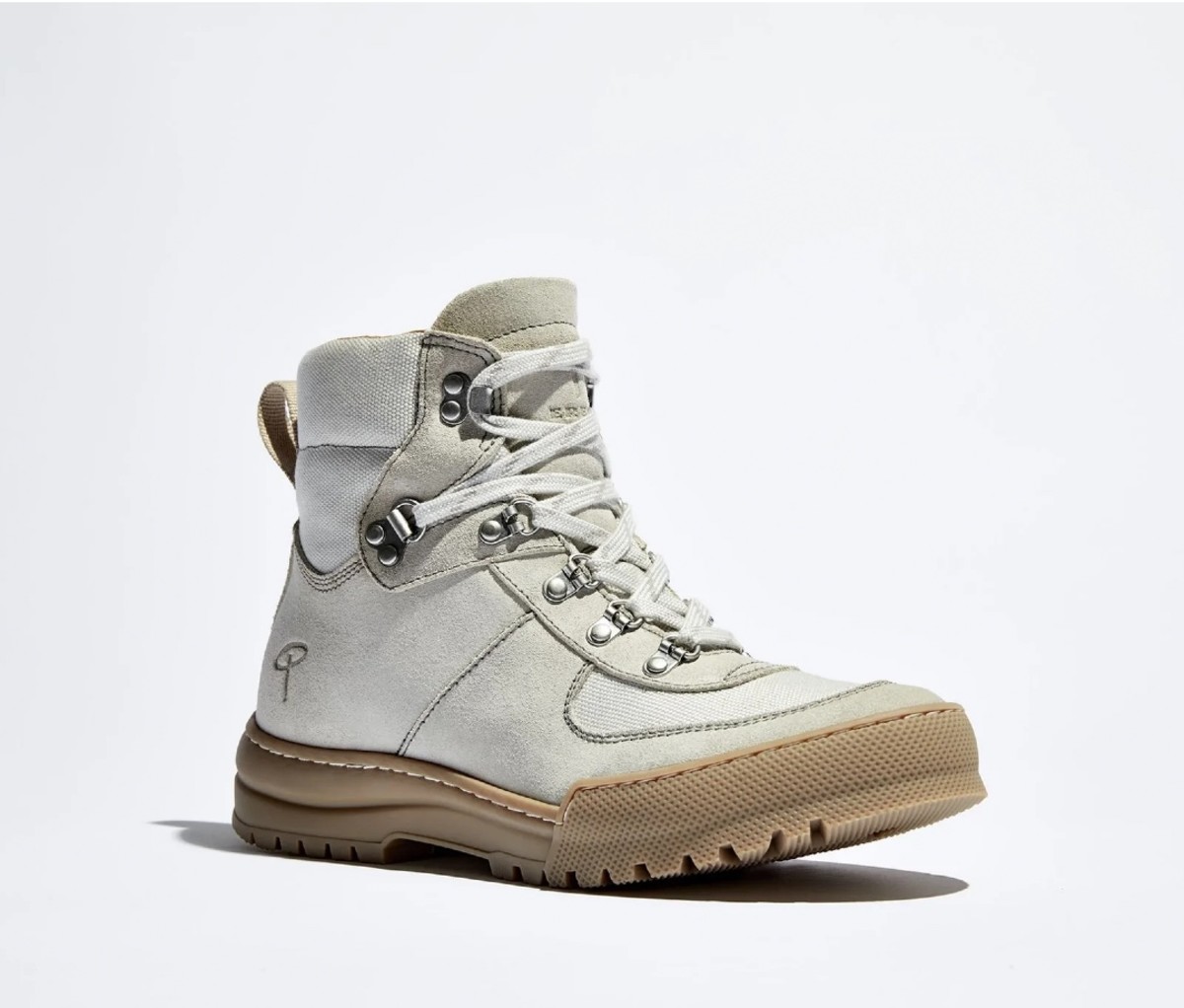
Consider Erem’s leather. Most leather is chrome tanned, a process that’s carcinogenic to people and the planet. Erem uses veggie-tanned leather—its food-grade tannins are so benign that the by-products can be made into organic fertilizer.
The reverse-grain leather Xerocole desert hiking boot is stitched, not glued, so it’s truly breathable, as well as supportive and durable. It’s also re-soleable and repairable. And everything from the aglet (the lace end, which is brass) to the insole is built for high performance to a bio-circular standard.
Erem will take its boots back to rehab, disassemble, reuse and recycle them after you’ve worn them out. Plus, proceeds from every sale help plant desert cactus pears to combat climate change, sequester carbon and provide food.
[$170; eremlife.com]
Get it
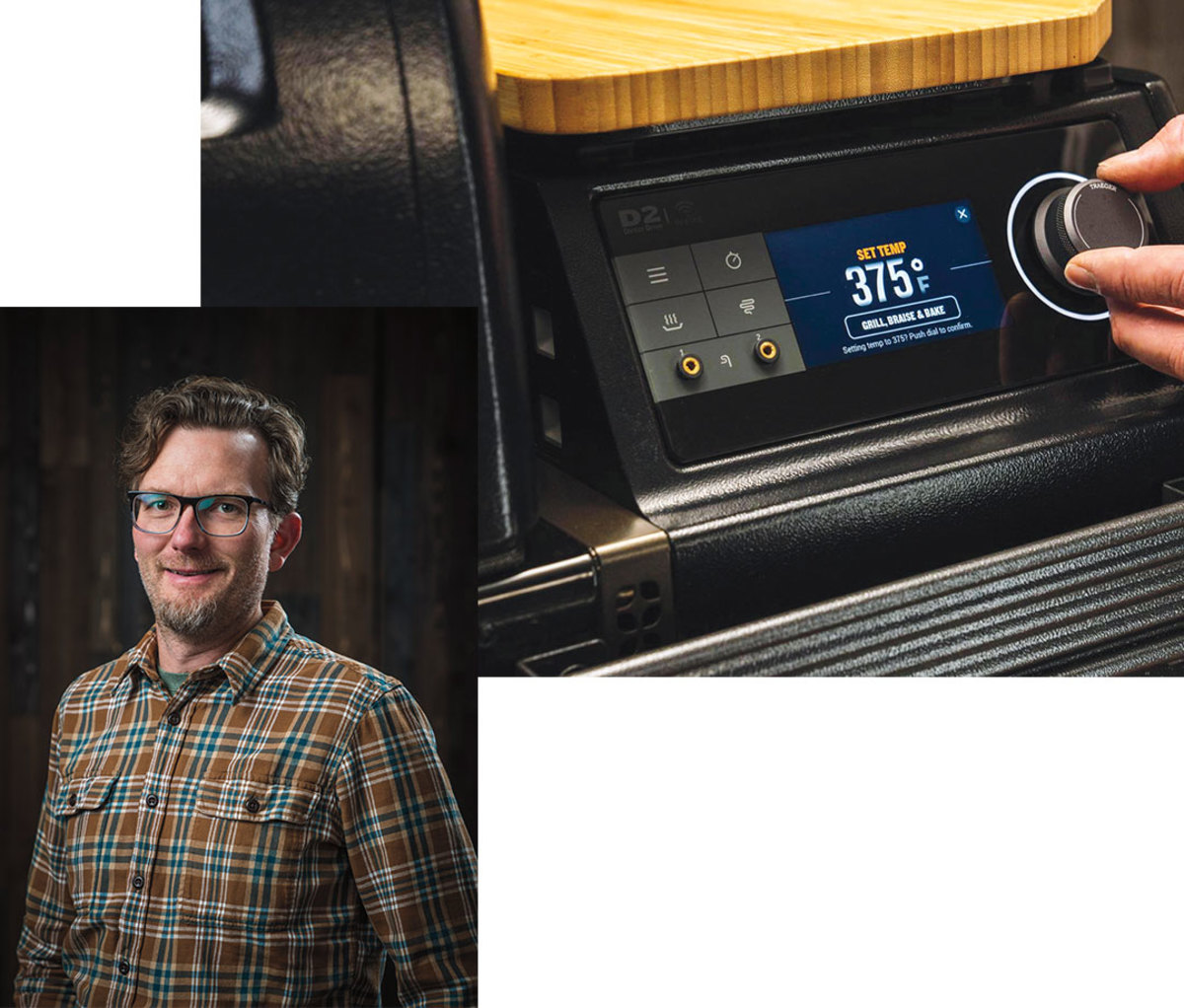
Matt Czach, vice president of product experience and design at Traeger
Traeger introduced the first pellet grill in the mid-’80s, and since then, its design—basically a barrel with a box on the side—has been copied and tweaked by everyone. For the next great leap in pellet grill design and technology— the new Timberline—Traeger had to reimagine the archetype.
One of the first steps was to redesign the outer shell, says Matt Czach, vice president of product experience and design. “We’ve really taken the steps to migrate to something that is much more of a consumer good as opposed to a piece of equipment.” To do that, they moved the hopper and control assembly into a more monolithic design and pushed the legs out to each corner.
Other noticeable changes outside include interactive features like a full-color touchscreen, ring lights that indicate status changes, auto LED grill lights on the outside and a 270-degree snap-on accessory rail system.
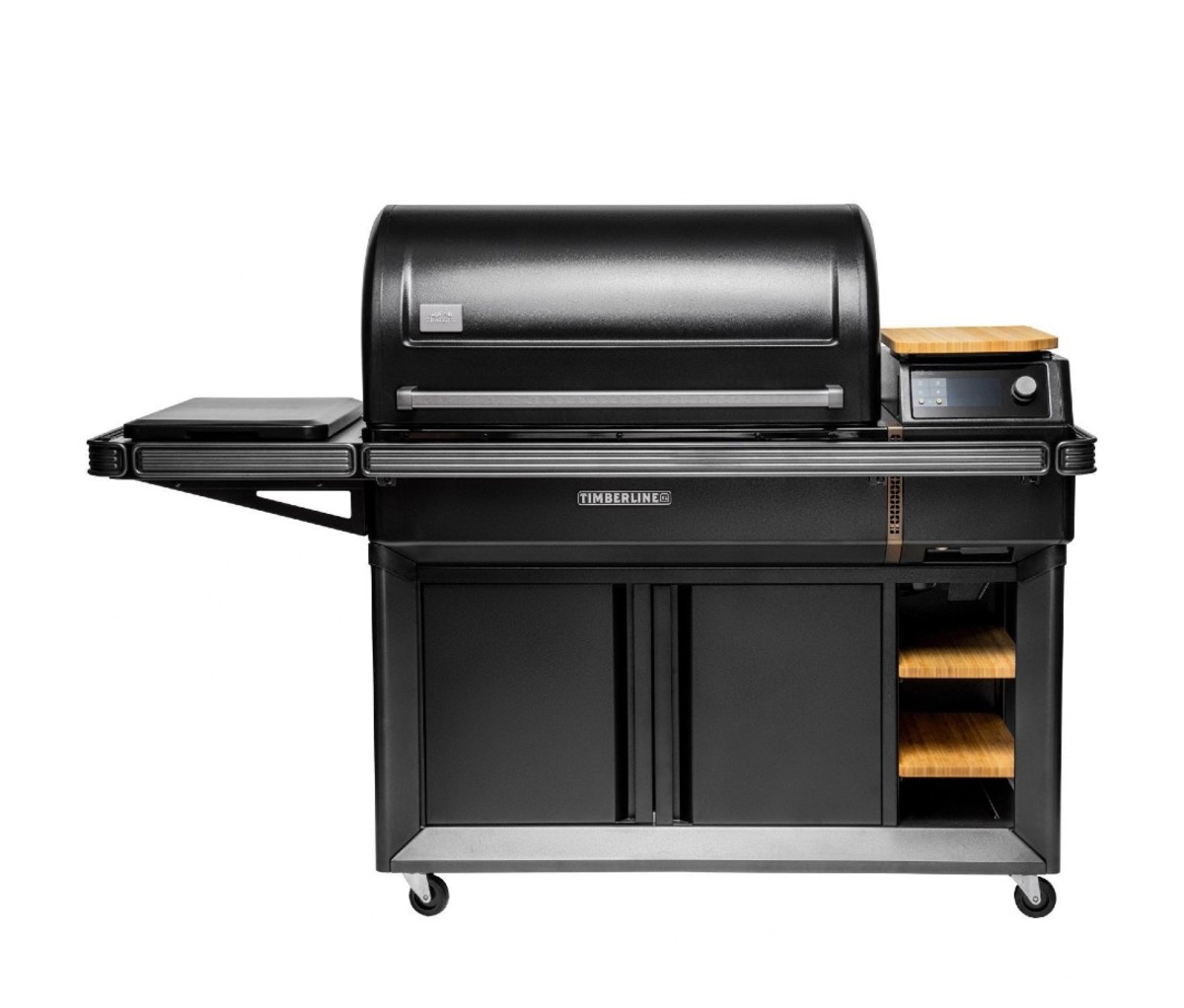
Internally, the focus was on a more sophisticated thermal system and easier-to-use features, says Czach—namely being able to sear and to collect grease and ash in the same location. The first part was achieved not by increasing temperature, but by increasing heat. The grill still goes to 500 degrees, but there is much more radiant heat coming off the grill grates. “We’re able to build up thermal load that gives you the sex and the sizzle—you can get grill marks on burgers and steaks,” says Czach.
The other common pain point is ash and grease management. “Ash buildup in the fire pot doesn’t exist on this product the way we’ve designed it. The fan will blow all the ash out—it just falls down into the bucket.”
More trick features include a side induction plate that hits 700 degrees, becoming your outdoor stove top, and a “smart combustion” system that includes multiple sensors to better dial in heat management.
[From $3,500; traeger.com]
Get it
Christian Epp, director of the Americas at Tilke Design
You see many sights up and down the Vegas Strip—crooning panhandlers, boozy bachelor parties, random public nudity. Not typically spotted is a race car roaring past at 200 mph.
Yet that’s exactly what will happen—repeatedly—in November 2023 when Formula 1 hits Sin City in its quest to win the eyeballs and wallets of a growing American fan base.
The hitch is that Vegas has plenty of traffic, but no F1 circuit. (That’s what F1 folks call a racetrack.) So now’s the time to put a top track designer in the driver’s seat, namely Christian Epp of international design firm Tilke.
“The idea is for this race to occur in the center of the action, so we knew from the beginning that we’d be creating a circuit using existing streets, like in Monaco,” says Epp. “The concept of driving around the casinos is great.”
Yes, stripper-pole limos will be forced to detour, but Vegas bigwigs are on board, given that casinos love such big-energy events (think: boxing) to hook big-spending whales.
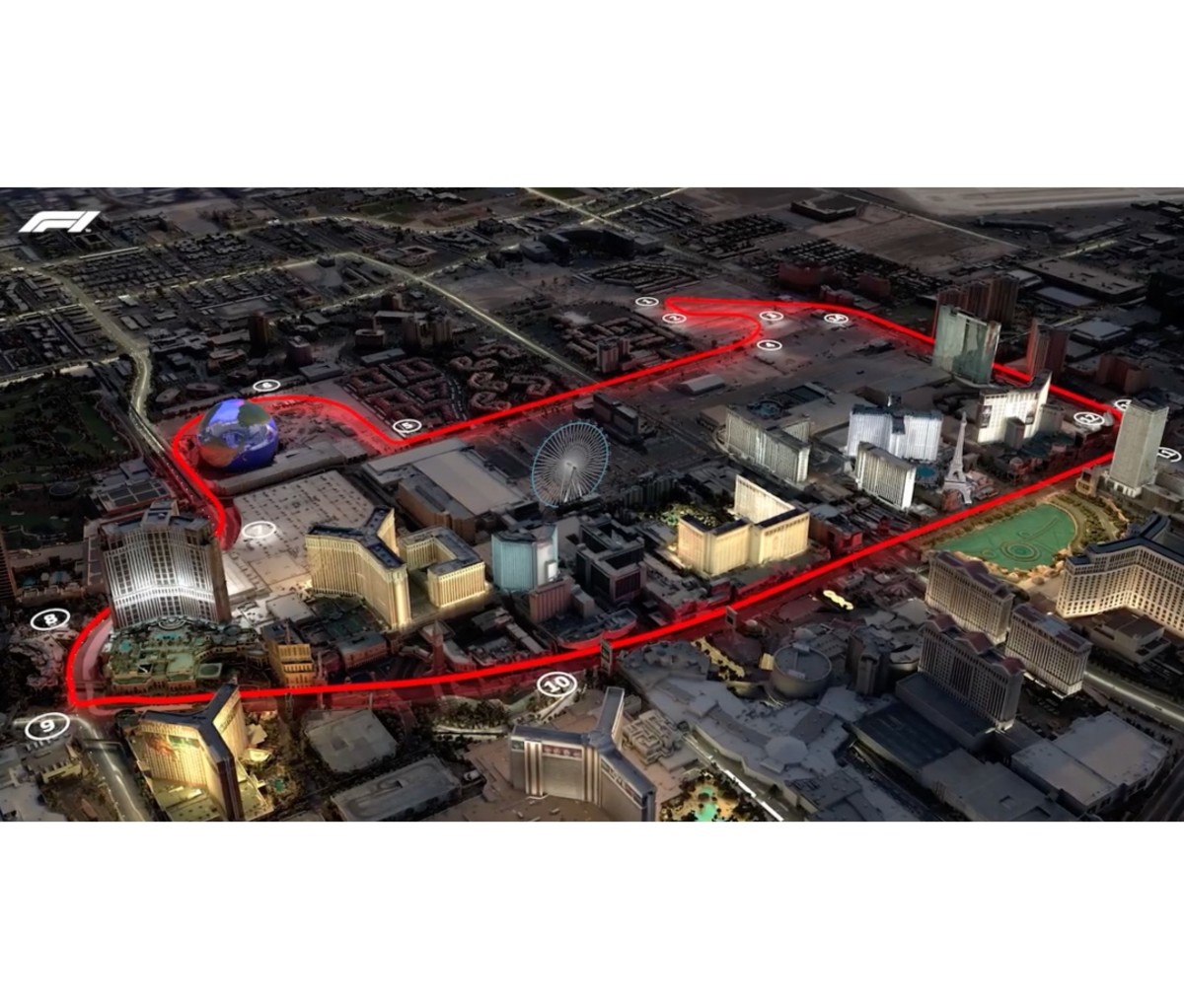
A major design factor is that F1 circuits require lap times of 90 to 120 seconds to better serve spectators, both in grandstands and on TV. To that end, Tilke has stitched together the Vegas circuit at 3.8 miles, featuring a straight- away by Caesars Palace and Bellagio’s famed fountains, and 14 corners that loop around to include the High Roller Ferris wheel.
And, despite Vegas’ ample neon, incorporating millions of watts of lighting is also on the checklist, as organizers chose to further complicate things by staging one of F1’s few night races.
When the starting grid finally lines up next fall, the Strip promises racers more than just F1’s glitziest straightway. At a mile long, it ranks among the longest, enabling speeds up to 212 mph. “There definitely will be great racing action and overtaking,” says Epp. “People will be entertained.”
Learn Morefrom Men's Journal https://ift.tt/yt8G2Ys



0 comments